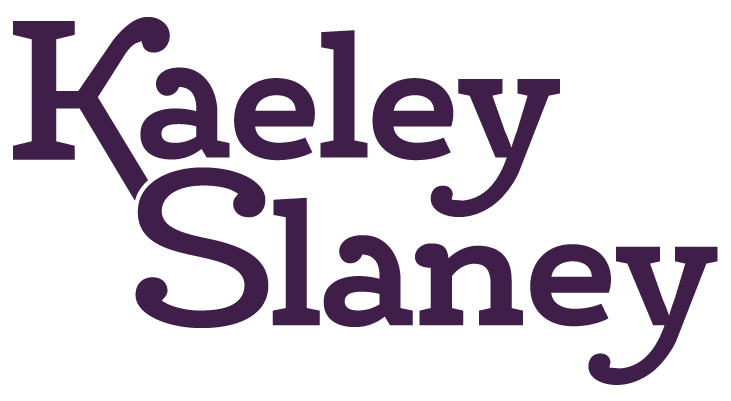Remaking a Canadian Icon
Re: Canadian Living is a complete re-imagining of the classic Canadian homemaking magazine from print to a richer, interactive web experience. This project was initially created during a typography class during my studies at Emily Carr University.
Stripping away the established visual identity, layouts and other styling I created a new visual identity inspired by fashion and higher end homemaking publications. I’ve used Acumin Pro, a tall, condensed sans serif paired with the readable and contemporary Museo Sans to create an elegant type pairing that speaks to a sophisticated audience.
I used scroll effects and HTML 5 animations to create dynamic movement not available in print media as well as allowing new ways to interact with the advertisements, which can be intrusive when reading a long form article.
The website can be experienced here.
The design brief for this project required that we take an existing publication and break it, that is taking every typographic element from the typefaces to the grid and completely change its meaning, intentions and even format. I chose to use Canadian Living’s November 2012 issue to base my project off of and to change the tone to a more higher end, expensive feeling publication and to change the format from a portable magazine to an in-browser web-based magazine.
One of my main concerns and focuses during ideation and development was the treatment of the advertisements. It’s apparent that Canadian Living relies on having a large amount of advertisements in order to allow it to have a low price point. However, many of these advertisements interrupt the flow of reading, either by placement or by seeming to be articles themselves.
It was vital that my treatment of the advertisements were less intrusive than before and were placed in a way that did not interrupt the flow of reading, but could also become more engaging than before. Creating HTML 5 drop downs allows a viewer to click on the ads out of interest or curiosity and send them back up to the top of the screen once done.
I allowed each type of article to be presented in a different format in order to represent multiple types of content present in the magazine. It was a challenge finding effective and strong methods of showing what would typically be one or two pages in a magazine in a web format that broke from typical vertical scrolling pages. Scroll effects, done in Adobe Muse, were a great way to change how the page moved, like the cover page demonstrating a taste of what could be expected with the rest of the magazine. The recipe section was a demonstration of restraint in terms of flashiness: I focused more on accessibility of information and ease of use.






